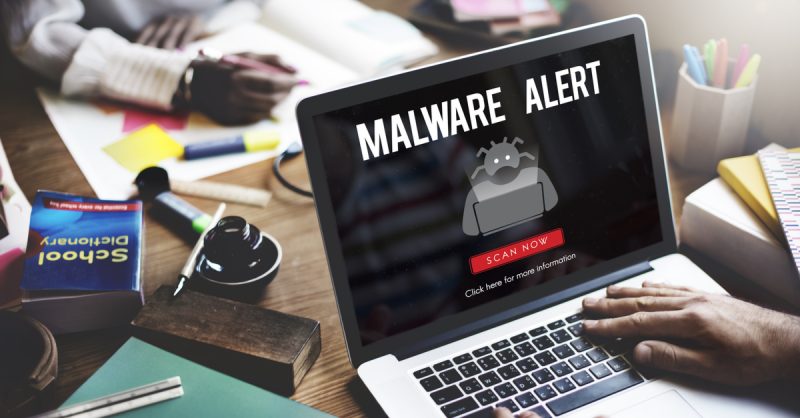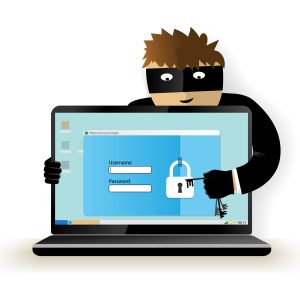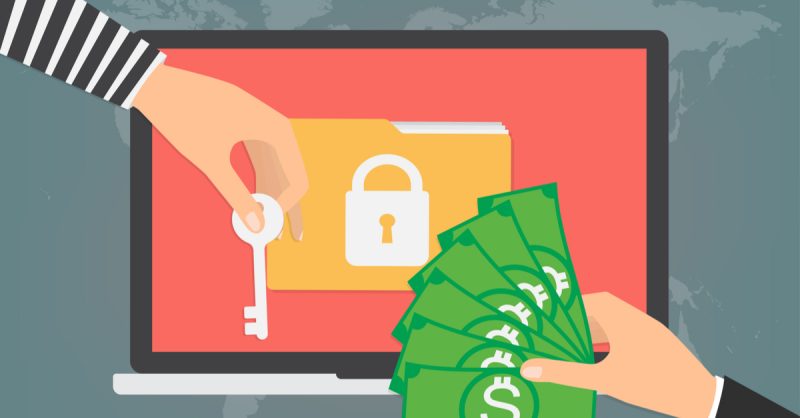Estimated reading time: 2 minutes
Vendors and large enterprises alike will experience issues with endpoint security, due to the nature and complexity of these tasks. The continuous visibility and monitoring offered by endpoint behavior is required, because some malware can sneakily get inside. Endpoint Security has practical limitations and hackers are quick to exploit those security gaps. Vulnerable software, weak anti-virus tactics, and connected employees all qualify as ideal targets. SMBs need to learn to protect themselves from this unfortunate trend, by staying aware of these vicious threats.
Mal-vertising
Malware placed inside legitimate online pages and advertising networks is common thing, that many unfortunately come into contact with. This malware either runs automatically, or ushers visitors over to far more harmful websites. High-quality anti-malware software and tools can come to the rescue and save the day.  These resources are good start for fighting off hackers and ad blockers can temporarily post-pone the delivery of such vicious viruses.
These resources are good start for fighting off hackers and ad blockers can temporarily post-pone the delivery of such vicious viruses.
Accidental Downloads
When a user visits a website, clicks on a link to update their software, and then downloads a zip drive, there is often a chance that download could actually be a virus. Unaware users quite frequently download spyware, malware, and viruses that can strip apart your network. They are highly dangerous and infectious. SMBs benefit from installing anti-virus software that utilizes multiple detection methods, at all points of the process.
Legacy Devices
Equipment isn’t always as sturdy and reliable as you’d think. Sometimes legacy points are allowed from time to time. The majority of effective endpoint security measures are included in hardware and network security measures in securing these legacy endpoints.  This is mostly maintained for cost reasons and it requires varying levels of accessibility, in spite of the confidentiality risks.
This is mostly maintained for cost reasons and it requires varying levels of accessibility, in spite of the confidentiality risks.
Data Theft & Endpoint Security
Hackers are targeting small businesses to steal data. These are high-value networks. These small businesses are prime targets and hackers are able to acquire details on financial data, patents, and business structures. SMBs are highly susceptible to these threats. Managers should likely invest in high-quality software for prevention and protection methods.
Ransomware
Users will often come into contact with ransomware by accident, and then go through a world of hurt in the days following. Ransomware will threaten to delete their victim’s data, publish it, or block access until the victim pays the perpetrator for the data.  Ransomware hackers might even be offering a “promotion” for their “top-of-class” ransomware-removal software, but that’s not highly believable. Hackers are constantly aware of their surroundings, and as soon as a user downloads a file, they are prepared guns-wielding. Ransomware is the fastest growing threats, with evidence of damages soaring into the tens of billions.
Ransomware hackers might even be offering a “promotion” for their “top-of-class” ransomware-removal software, but that’s not highly believable. Hackers are constantly aware of their surroundings, and as soon as a user downloads a file, they are prepared guns-wielding. Ransomware is the fastest growing threats, with evidence of damages soaring into the tens of billions.
Striving to eliminate ALL threats at one time isn’t entirely possible. It’s up to managers and employers to educate employees on the horrors of cybersecurity gone wrong. The purchase of anti-malware and anti-virus software to better insulate your network’s security measures, as well. Properly informing employees could potentially save companies tons of time, money, state-of-mind, in the long run.

